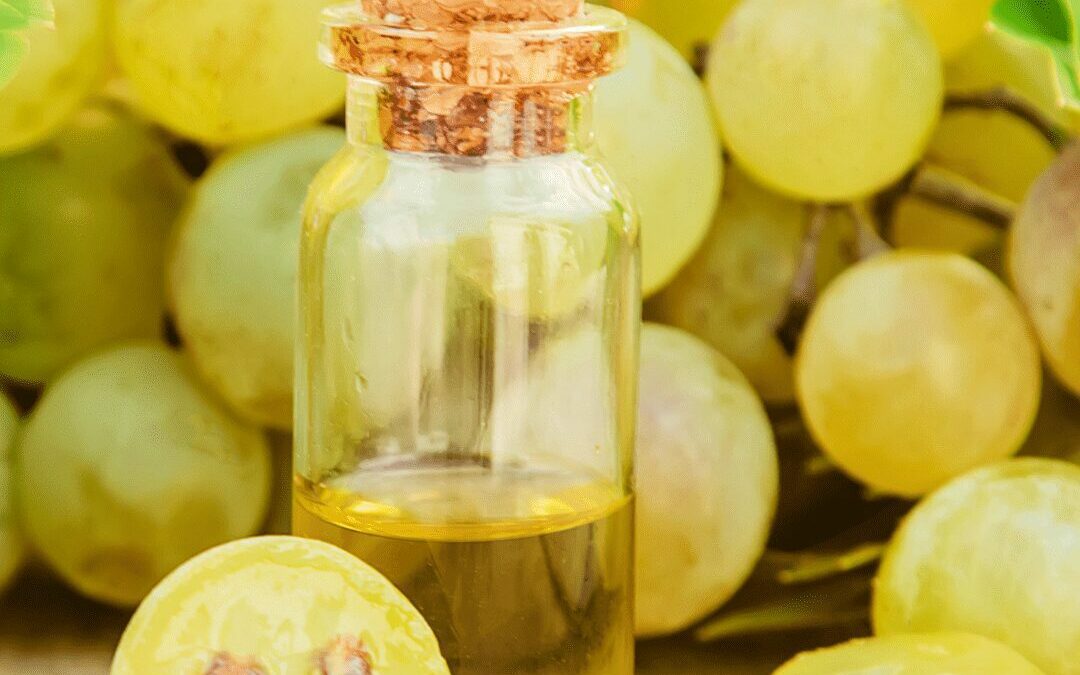However, these days we know that not all oils are created equal, and while some might break us out, the right elixirs can transform even the most blemish-prone complexions. The right oils can dry the surface layer of skin, making this condition even more challenging to treat. Actually help balance out oil production and help kick acne to the curb. Oils don’t cause acne – most people with acne have a very oily “sub-surface” and dehydrated “surface” skin, so often generated by the daily use of harsh, drying skin products like Retin A, benzoyl peroxide, or other harsh topical acne medications. For example, do you know how grapeseed oil benefits your skin? Grapeseed oil on acne skin includes antimicrobial properties that attack bacteria that lead to breakouts. Also, it softens the dry, tough surface skin and helps reduce redness and inflammation. Also, if your skin has unbalanced oil production — meaning it gets saturated with oil in some areas and stays overly dry in others, grapeseed oil’s linoleic acid content can mimic the sebum that your glands naturally produce. Research suggests that decreased levels of linoleic acid can be a direct cause of acne inflammation. In theory, boosting your linoleic acid levels might help reduce your risk of inflammation.
Categories
- Acne
- Aging Skin Concerns
- Botanicals Recipes
- Cleansing
- Collagen Support
- Double Cleanse
- Emergency Guide for Catastrophic Events
- Facemask Skin Irritations
- Fragile Skin
- Gut Protocols
- Herbal Medicine Maker Boot Camp 2016
- Herbs for Skin
- Holistic Skin Care Practice
- In the Kitchen with Emily
- Oncology Skincare
- Peels
- Pumpkin Power Peel
- Scrubs and Peels
- Seasons Change Skin Care Tips
- Self Care
- Skin Texture
- Sun Block
- The Great Escape
- Toxic or Terrific
- Uncategorized
Archive
- January 2024
- August 2023
- July 2023
- June 2023
- May 2023
- April 2023
- March 2023
- January 2023
- December 2022
- November 2022
- October 2022
- August 2022
- July 2022
- June 2022
- May 2022
- April 2022
- March 2022
- February 2022
- January 2022
- December 2021
- October 2021
- September 2021
- August 2021
- July 2021
- June 2021
- May 2021
- April 2021
- March 2021
- February 2021
- January 2021
- December 2020
- November 2020
- October 2020
- September 2020
- August 2020
- July 2020
- June 2020
- May 2020
- January 2020
- September 2019
- August 2019
- May 2019
- April 2019
- August 2018
- April 2018
- February 2018
- October 2017
- September 2016
- April 2016
- February 2016
- January 2016
- December 2015
- September 2015
- July 2015
- June 2015
- May 2015
- February 2015
- January 2015
- May 2014
- March 2014

